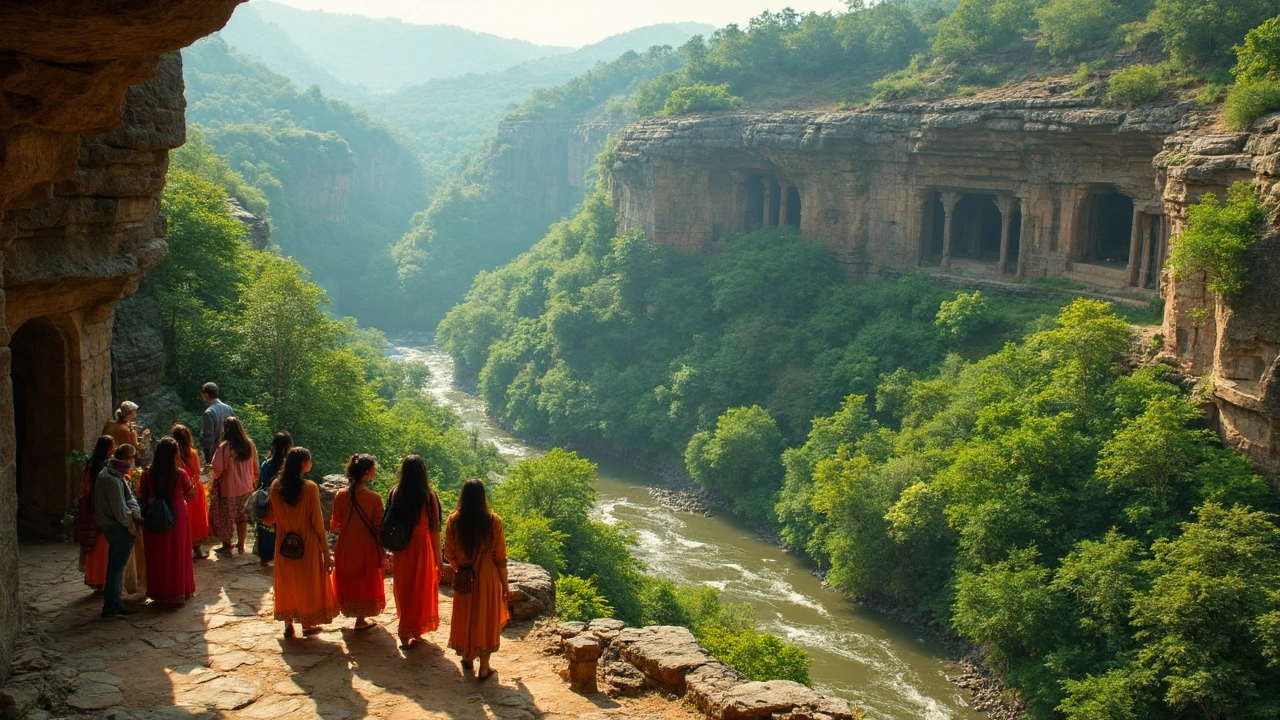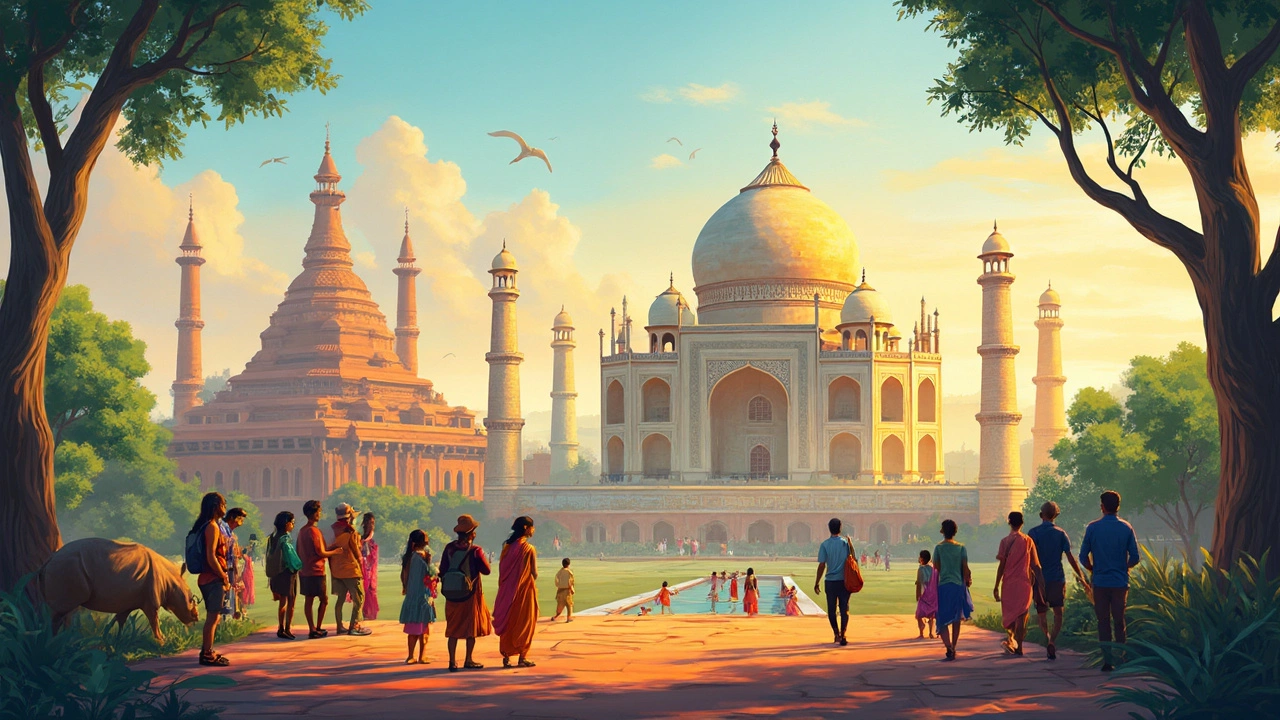Heritage Tourism in India: Explore Ancient Sites, Temples, and Cultural Treasures
When you think of heritage tourism, travel focused on experiencing historically significant places, traditions, and artifacts. Also known as cultural tourism, it’s not just about seeing old buildings—it’s about walking where emperors walked, hearing stories older than nations, and understanding why places still matter today. India is one of the richest countries on earth for this kind of travel. With 43 UNESCO World Heritage Sites, from the Taj Mahal to the stepwells of Gujarat, you’re not just visiting a landmark—you’re stepping into living history.
Many people assume heritage tourism means crowded photo ops at the Taj Mahal. But it’s so much more. It’s the quiet reverence inside a 1,200-year-old temple in Khajuraho, the echo of footsteps on the 500-year-old steps of Chand Baori, or the smell of incense in a forest shrine protected since the 10th century. These aren’t museum pieces—they’re active parts of daily life. That’s why knowing temple etiquette, dress codes, and local customs isn’t optional—it’s what makes your visit meaningful. And when you visit a site like Nagpur, called the Heart of India because it sits at the country’s geographical center, you’re not just checking off a list. You’re connecting dots between regions, languages, and traditions that shaped modern India.
Heritage tourism here doesn’t live in isolation. It ties directly to how you travel safely, what you eat, and even how you plan your health. A visit to a World Heritage Site often means walking long distances, dealing with heat, and navigating local transport. That’s why guides matter—not just for facts, but for safety, access, and respect. You don’t need a fancy tour. You need someone who knows when to whisper and when to explain why the stone carvings face east. And if you’re planning to go from the Himalayas to the beaches of Kerala, understanding the differences between North and South India helps you see why one site feels spiritual and another feels royal.
What you’ll find below isn’t a textbook. It’s a real collection of stories from travelers who’ve stood in front of the Taj Mahal at sunrise, gotten lost in the alleys of Hampi, and learned the hard way not to touch temple bells. You’ll read about the most visited sites, the underrated ones, and why some places are sacred—not just scenic. Whether you’re wondering if you need vaccinations before heading to a remote temple or if Uber works near a 16th-century fort, the posts here answer what actually matters. No fluff. No guesswork. Just what you need to experience India’s heritage without stepping on toes—or missing the point.

